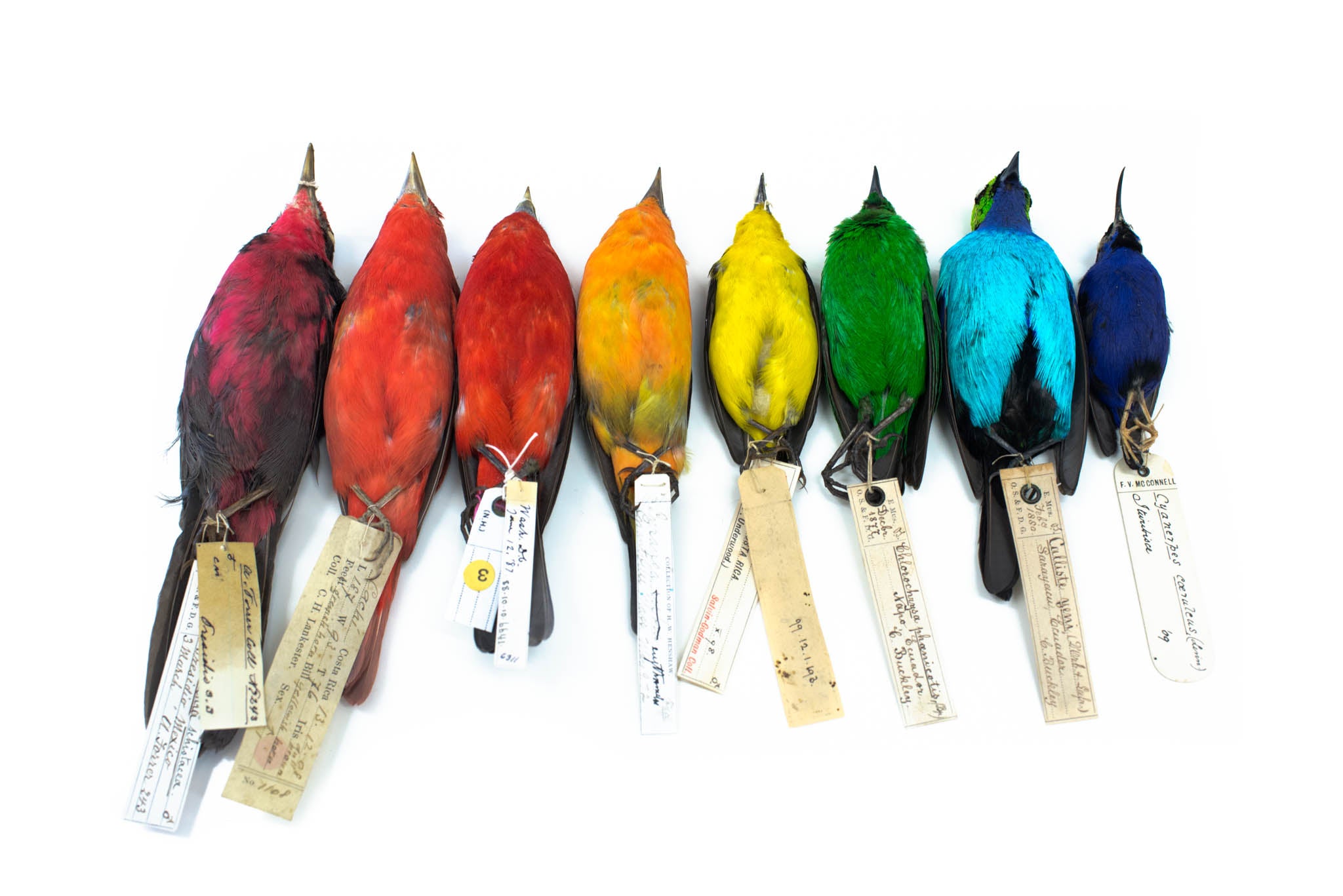Study finally proves birds are more colourful near the Equator
The findings prove a long-held theory that was first suspected by Charles Darwin and Alexander von Humboldt.

Your support helps us to tell the story
From reproductive rights to climate change to Big Tech, The Independent is on the ground when the story is developing. Whether it's investigating the financials of Elon Musk's pro-Trump PAC or producing our latest documentary, 'The A Word', which shines a light on the American women fighting for reproductive rights, we know how important it is to parse out the facts from the messaging.
At such a critical moment in US history, we need reporters on the ground. Your donation allows us to keep sending journalists to speak to both sides of the story.
The Independent is trusted by Americans across the entire political spectrum. And unlike many other quality news outlets, we choose not to lock Americans out of our reporting and analysis with paywalls. We believe quality journalism should be available to everyone, paid for by those who can afford it.
Your support makes all the difference.Birds that live near the equator are more colourful than those closer to the poles, a new study suggests.
The findings prove a long-held theory that was first suspected by Charles Darwin and Alexander von Humboldt in the 18th and 19th centuries.
It had remained unproven until now because of the large amount of data and advanced imaging technology needed.
But the study found that tropical birds near the Equator are around 30% more colourful than non-tropical birds that live closer to the north and south poles.
Dr Chris Cooney, lead investigator from the University of Sheffield’s school of biosciences, said: “This work reveals the broad pattern that bird species tend to be 30% more colourful towards the equator and identifies some general explanations for why this pattern might occur.
“This is exciting because it helps us to better understand the factors promoting and maintaining biodiversity at global scales.
“However, these broad-scale associations with species’ habitat and dietary differences can only tell us so much and there is much more to be learnt about the precise ecological and evolutionary factors promoting increased colourfulness in tropical species.”
Researchers photographed more than 4,500 species of passerine, or perching, birds such as sparrows, songbirds and finches and used this information to identify the colours of feathers.
While it is not entirely clear why tropical birds are more colourful, the findings suggest that dietary differences between tropical and non-tropical species, as well as the influence of their habitat, could play a key role.
The researchers photographed more than 24,000 birds from the Natural History Museum collection in Tring, which has specimens of more than 95% of the world’s living bird species.
The findings are published in Nature Ecology Evolution.